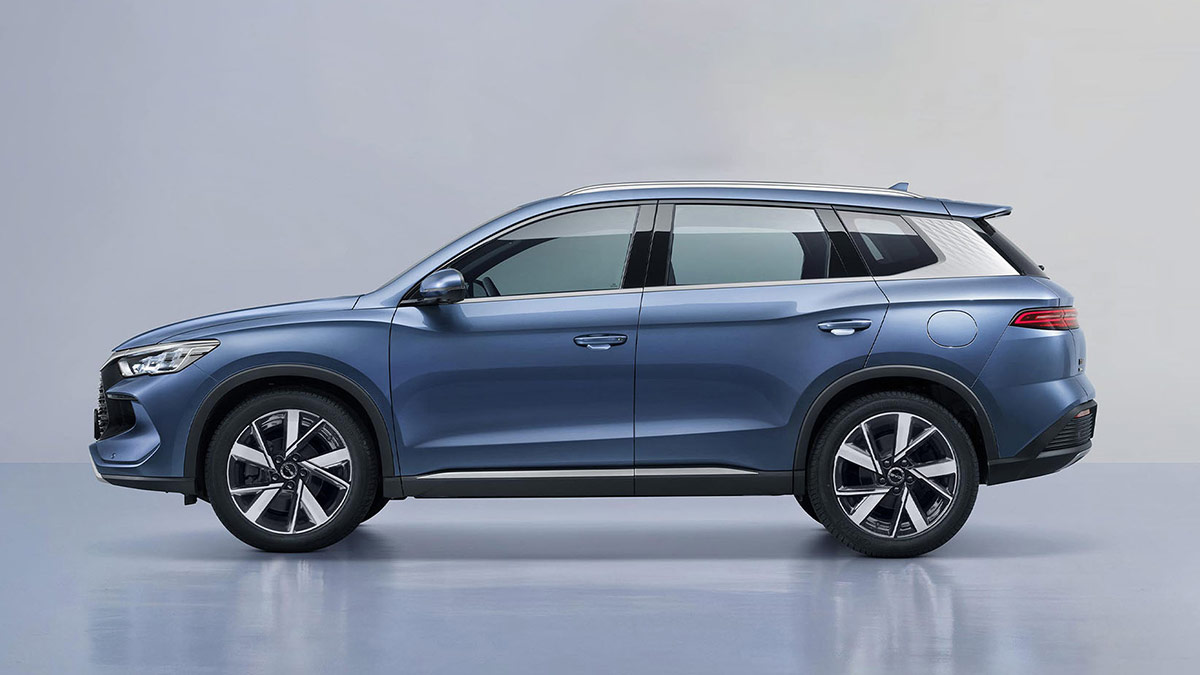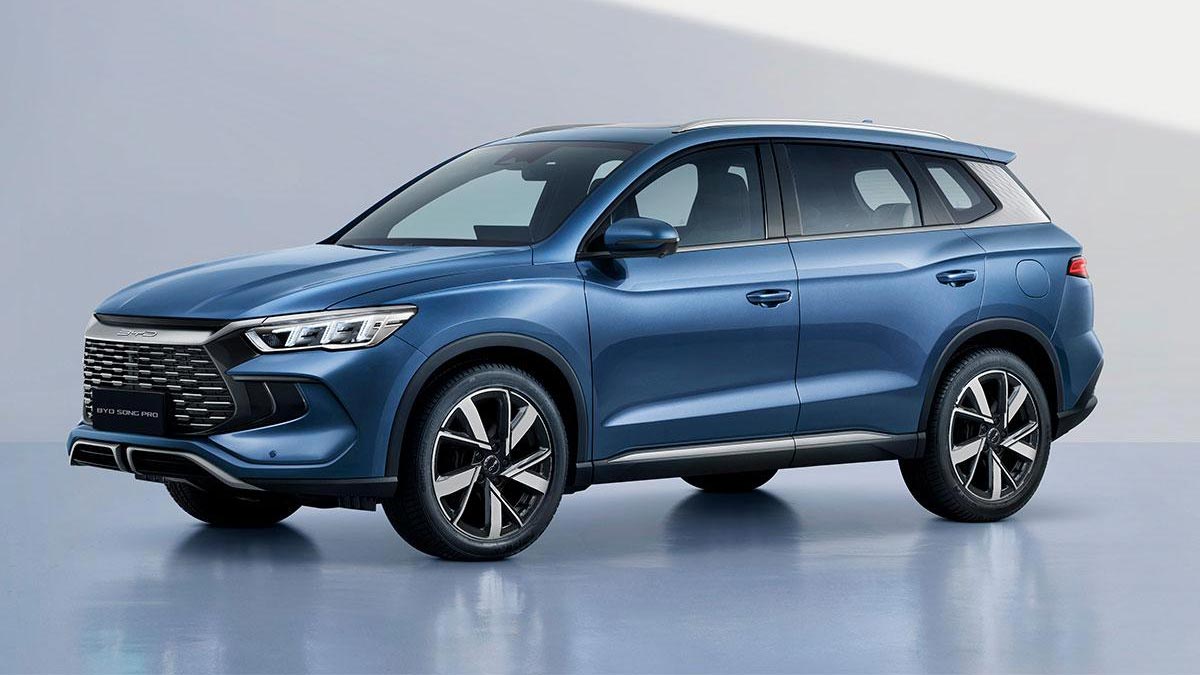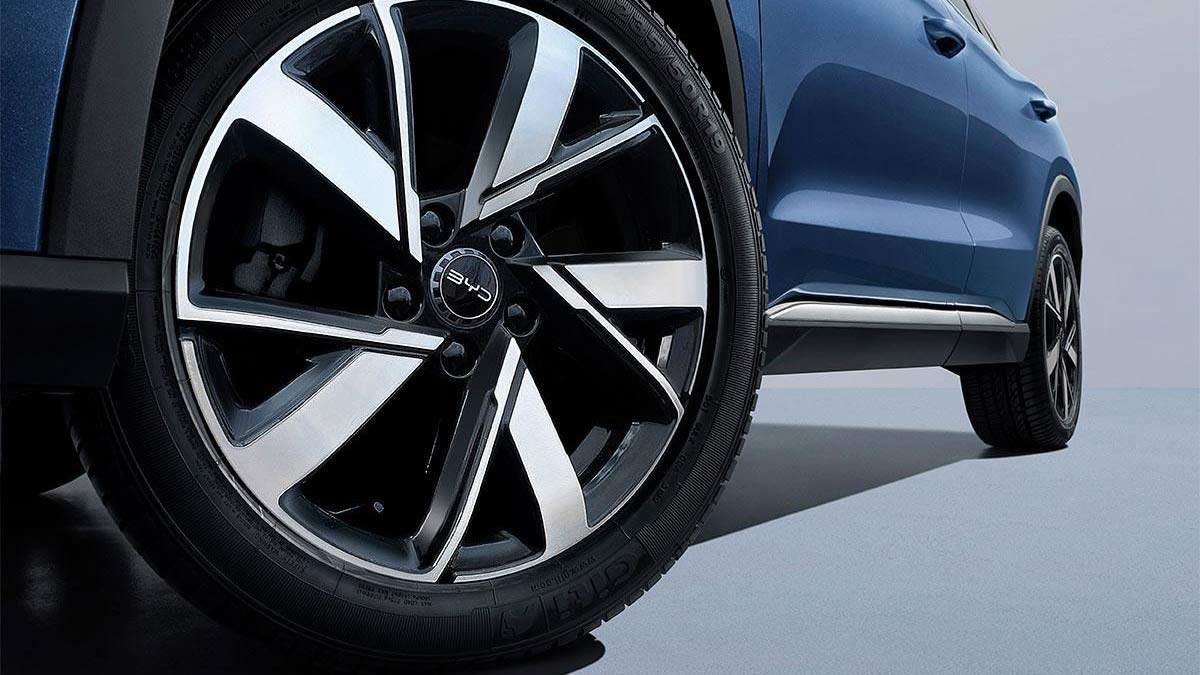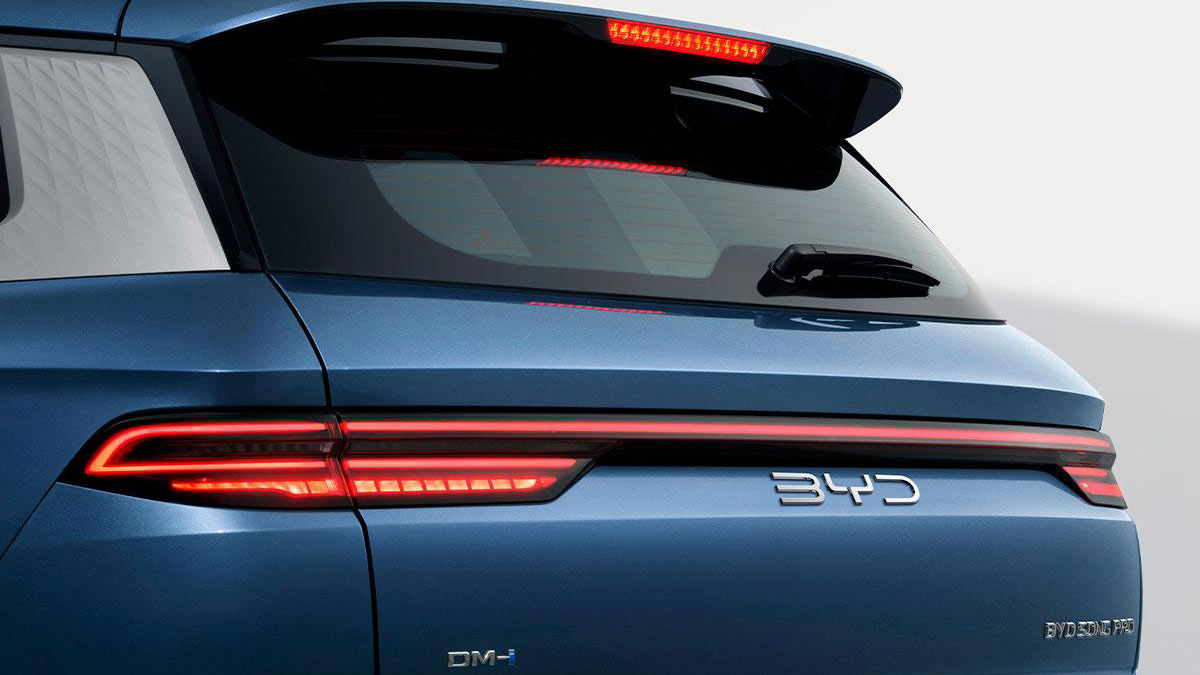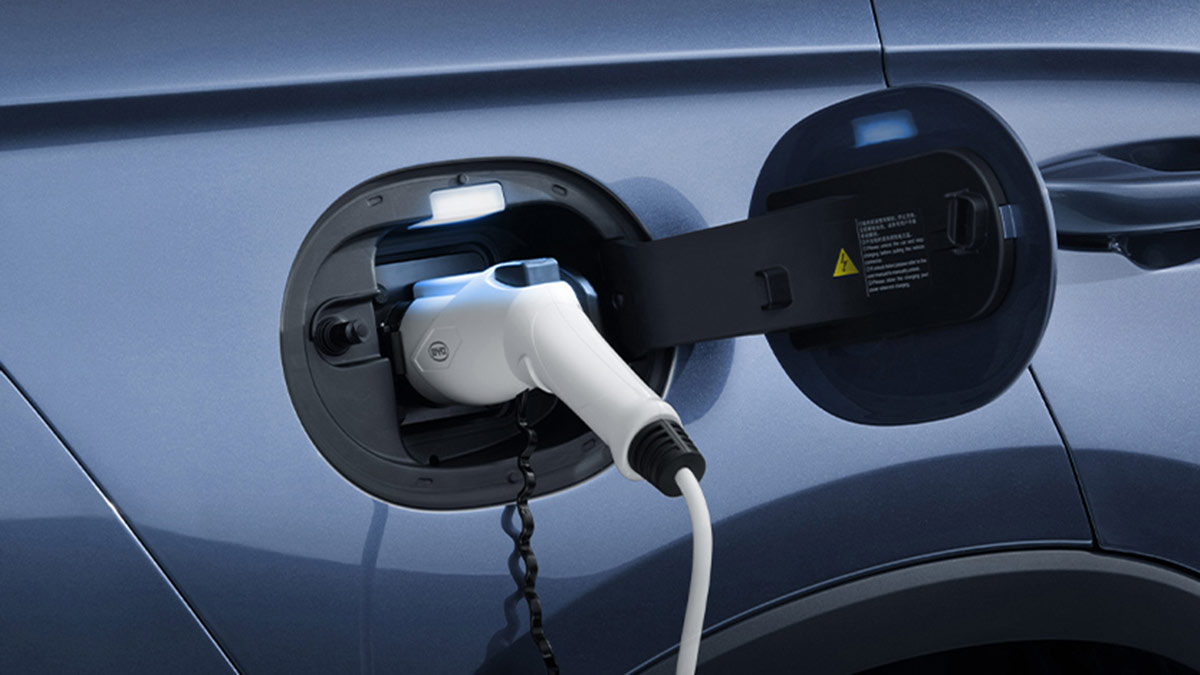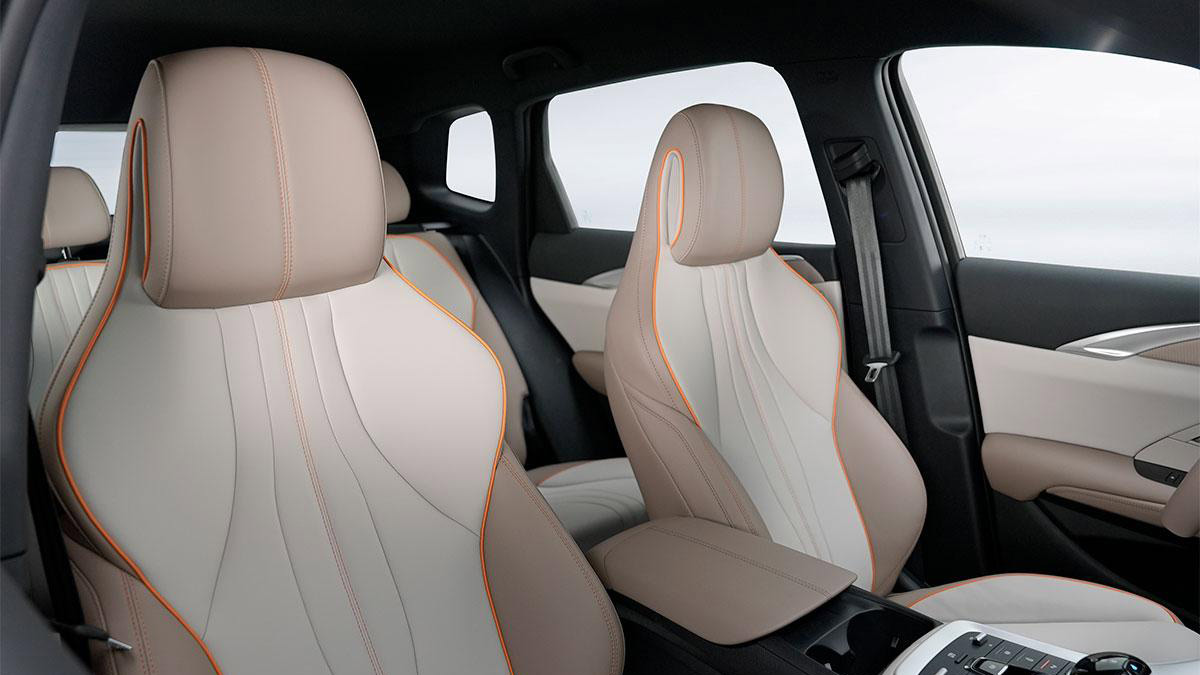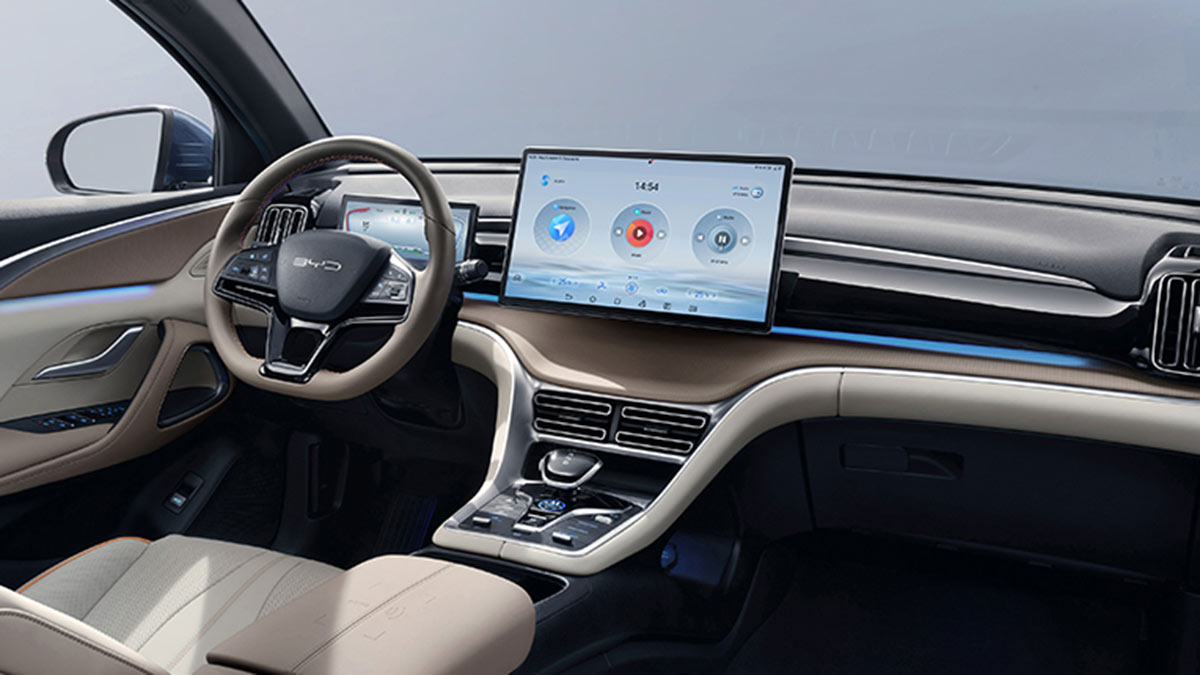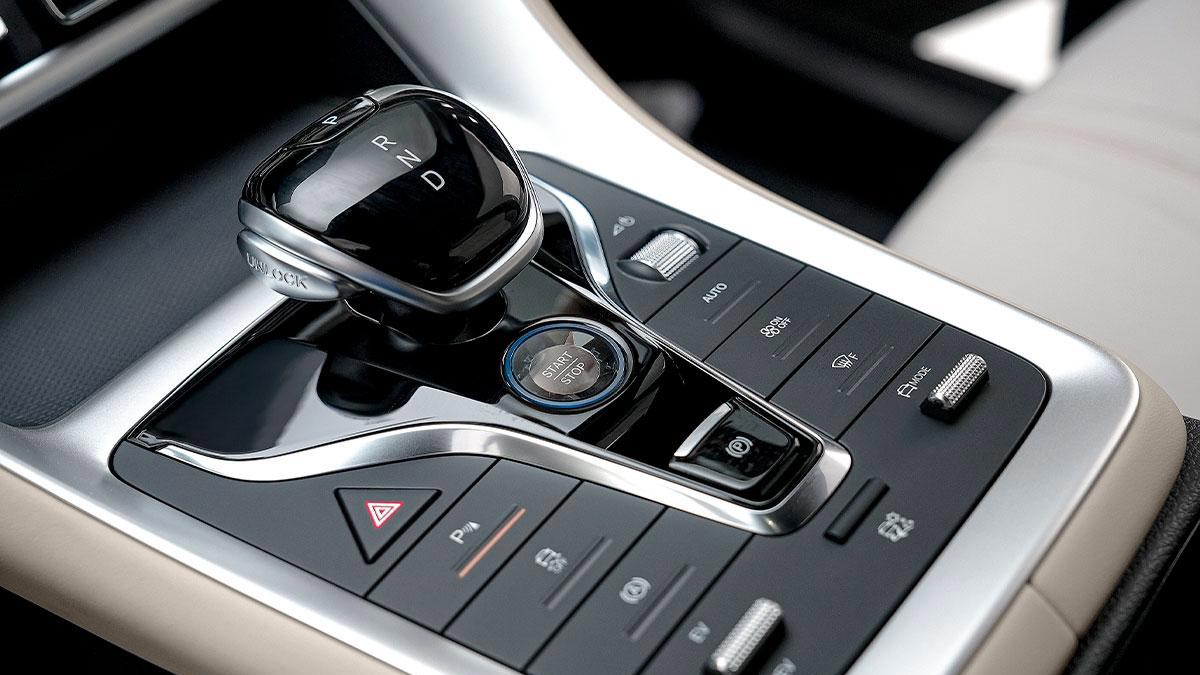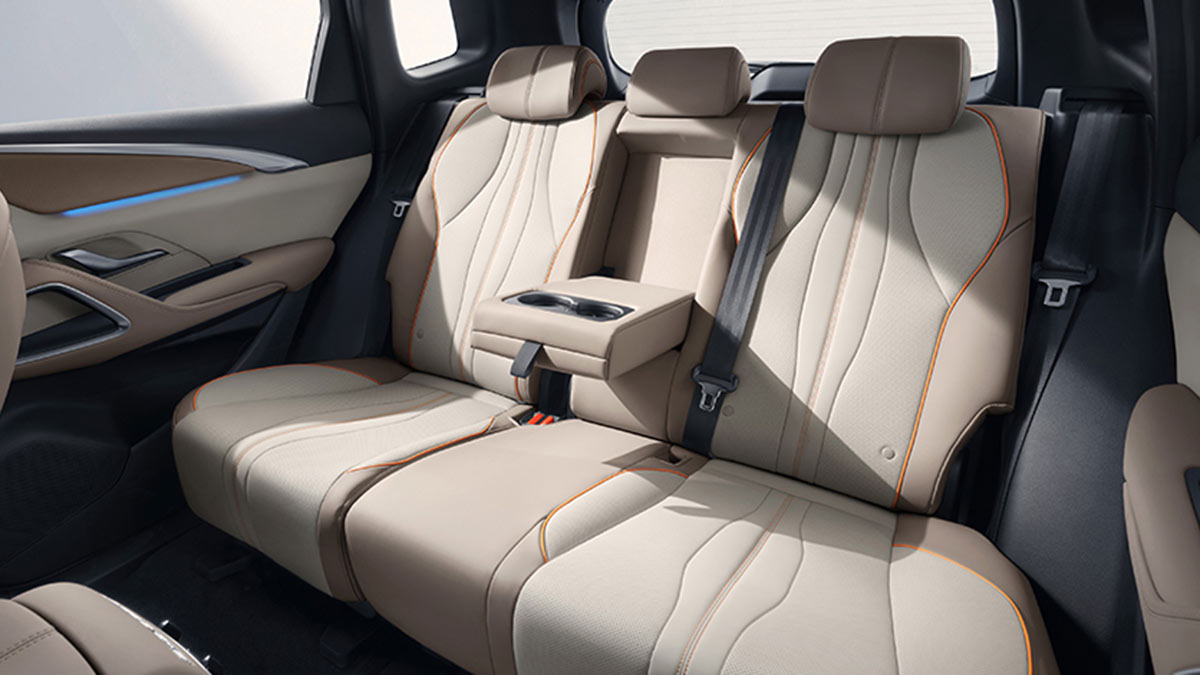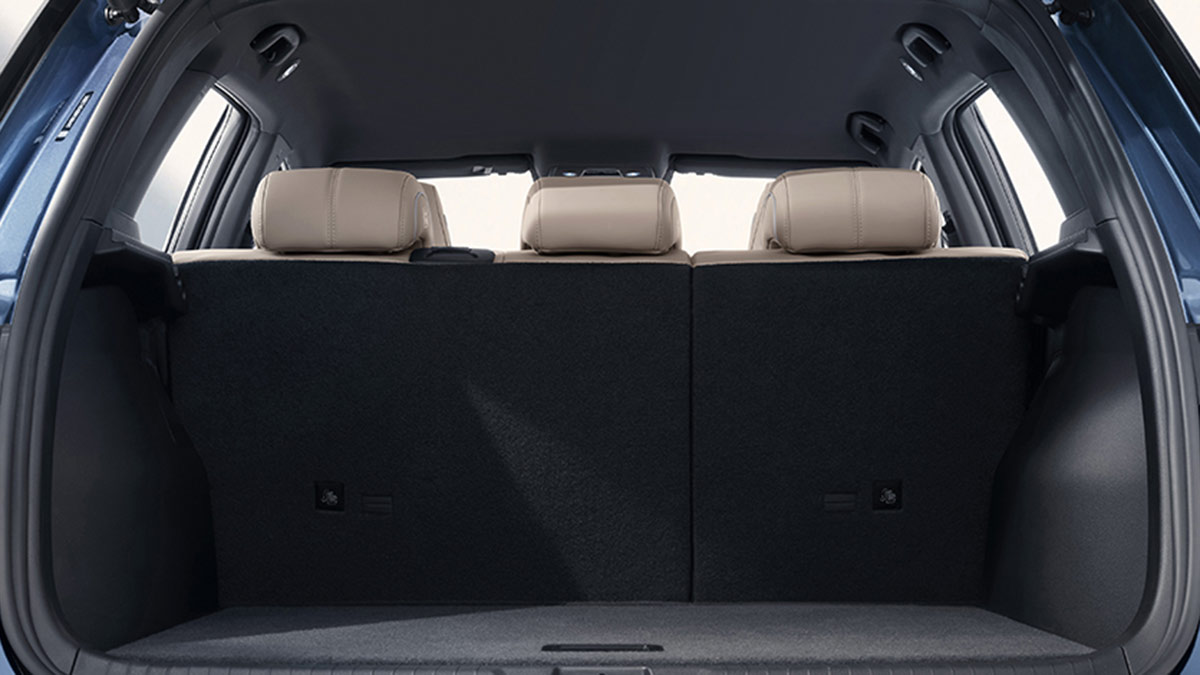BYD’s Denza brand is bringing two luxury plug-in hybrid SUVs – the B5 and B8 – to Australia in 2025. Here’s pricing, specs, range and rivals.
2026 BYD Sealion 5: price, specs and release date in Australia
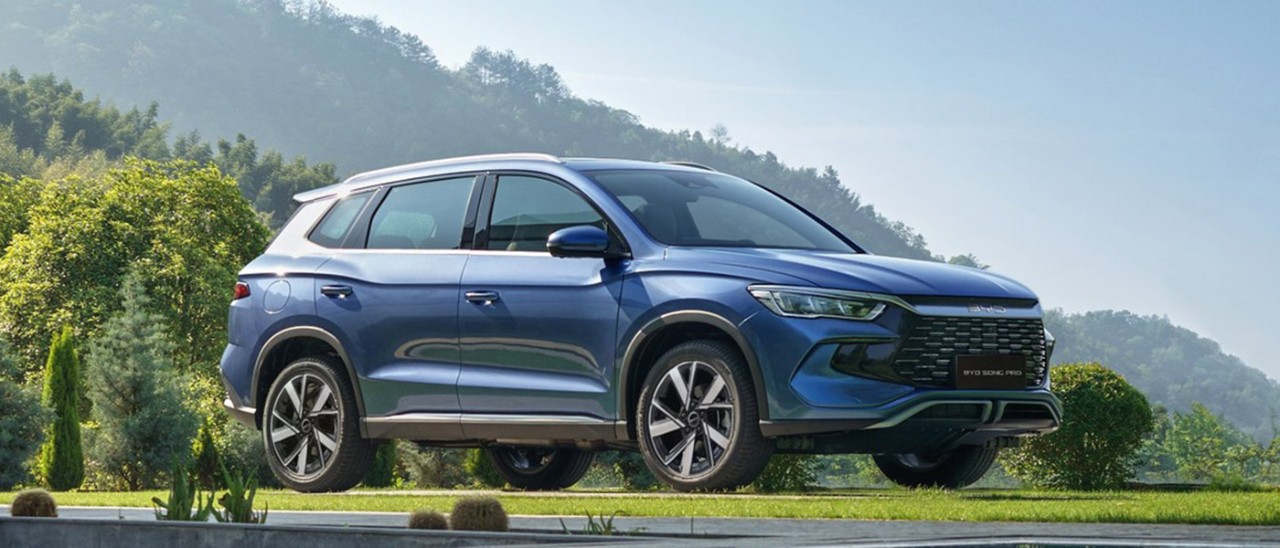
The BYD Sealion 5 medium SUV will bring a more affordable plug-in hybrid option to the Chinese brand’s EV and PHEV line-up when it arrives in November. Here’s a guide to how Sealion 5 will fit in.
BYD’s rapid expansion and its march towards the top of the Australian new vehicle sales charts will be bolstered by the arrival early next year of the 2026 BYD Sealion 5 medium-sized plug-in hybrid SUV.
To be launched alongside the all-new BYD Sealion 8 seven-seat plug-in hybrid family SUV, the Sealion 5 is one of four new models coming soon from the fast-growing Chinese brand, which is also preparing to set sail with its premium Denza brand. The other two are price-leading EVs due in November 2025: the BYD Atto 1 compact hatch, which is primed to become Australia’s cheapest electric car, and the BYD Atto 2 small SUV.
The Sealion 5 will take its place alongside the similarly sized BYD Sealion 6 PHEV and take full advantage of booming hybrid car sales in Australia, where other models like the BYD Shark 6 PHEV dual-cab ute are building a strong presence.
Medium SUVs are more popular than any other vehicle type on our market, and now BYD is preparing to have two affordable PHEVs in this segment to challenge the Toyota RAV4 and Nissan X-Trail hybrids, as well as the plug-in hybrid Mitsubishi Outlander, GWM Haval H6, Geely Starray and others.
Let’s see how the BYD Sealion 5 stacks up ahead of its launch.
More: Research and compare plug-in hybrid cars on sale today in Australia
In this article
When does the BYD Sealion 5 go on sale in Australia?
The order book for the 2026 BYD Sealion 5 in Australia is expected to open soon ahead of the medium SUV’s launch early in 2026. First deliveries in Australia will take place around the same time as the larger three-row BYD Sealion 8 family SUV.
More: 2026 BYD Sealion 8 preview
How much will the BYD Sealion 5 cost?
The 2026 BYD Sealion 5 will be positioned between the smaller battery-electric BYD Atto 3 and the slightly larger plug-in hybrid BYD Sealion 6, the latter currently priced from $42,990 plus on-road costs ($44,990 driveaway for Victorian private buyers). Pricing for the Sealion 5 is still to be locked in, and while at least two trim levels are anticipated, the asking prices will hinge on powertrain and battery specification for the Australian market.
In any case, the BYD Sealion 5 is expected to start just below $40,000 – a point where the all-electric Atto 3 also sits.
Major competitors for the Sealion 5 include the recently updated GWM Haval H6 PHEV, now with a new entry model grade from $42,990 driveaway, as well as the Chery Tiggo 7 Super Hybrid (from $39,990 driveaway), Geely Starray EM-i (from $40,932 d/a), MG HS Super Hybrid (from $50,990 d/a) and Mitsubishi Outlander PHEV (from $57,990 d/a).
Importantly, a sub-$40,000 starting point for the Sealion 5 will also see buyers compare it alongside the best-selling – and far more expensive – non-plug-in hybrid contenders in class, led by the Toyota RAV4 (from $47,041 d/a), Hyundai Tucson (from $47,240 d/a) and Kia Sportage (from $51,453 d/a).
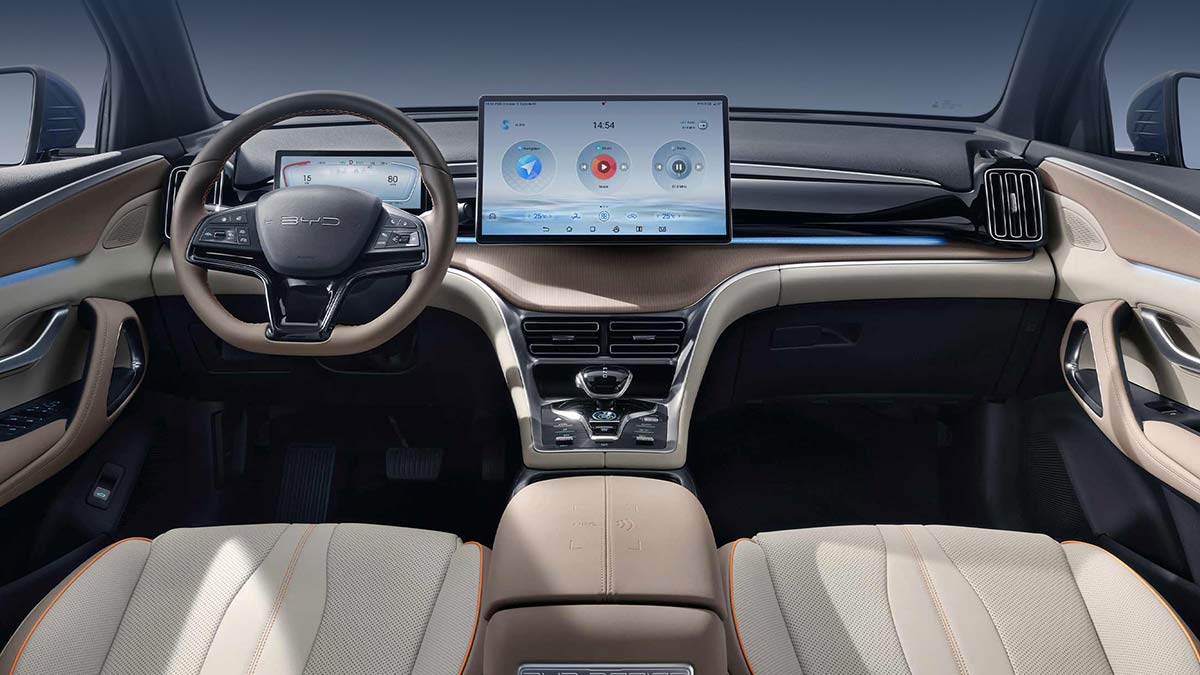
A 12.8-inch rotating touchscreen features on the 2026 BYD Sealion 5 medium SUV.
BYD Sealion 5 design and specification
The 2026 Sealion 5 is slightly smaller than the Sealion 6, however both are five-seater models and fit comfortably in the medium SUV segment. Overseas specs show the Sealion 5 measures 4738mm long, 1860mm wide and 1710mm high, with a 2712mm wheelbase.
Those dimensions place the Sealion 5 as a slightly bigger vehicle all-round than the current top-selling Toyota RAV4 but a little more compact than the Sealion 6 – including 37mm shorter in overall length and 53mm less in wheelbase.
Slimline LED headlights and tail-lights (including a full-width rear light bar) provide a sharp focus to each end of the Sealion 5 SUV, which adopts quite an aggressive stance up front with a bold grille and bumper design.
BYD’s designers have also carved out strong lines and prominent creases in the metalwork on the bonnet, along the flanks and around the tailgate. They’ve also created a ‘floating’ roof effect and accentuated the curved roofline with black trim around the windows and an aluminium insert at the rear pillar.
The metallic exterior colour palette includes Atlantis Blue, Time Gray and Snow White, while interior trim options in overseas markets extend to a two-tone cream and brown.
At least two model grades are anticipated for Australia, with standard features across the range set to include keyless entry/start, dual-zone climate control air-conditioning (with rear air vents), faux leather upholstery, broad driver and front passenger seat adjustment (manual in base spec, electric in higher grades) and a six-speaker audio system.
As with the Sealion 6, the Sealion 5’s suspension design comprises MacPherson struts up front and a multilink configuration at the rear. Expect 18-inch alloy wheels on the entry model, upgrading to 19-inch alloys (with 235/50R19 tyres) at the top end.
The Sealion 5 will carry BYD Australia’s six-year/150,000km factory warranty, extending to eight years/160,000km for the high-voltage battery.
More: BYD Sealion 6 review
What powers the BYD Sealion 5?
The 2026 BYD Sealion 5 is powered by the Chinese carmaker’s Super Hybrid DM-i system that combines an electric motor with a 1.5-litre petrol engine and a ‘Blade’ battery – as already found in the Sealion 6. But there will be some key differences between the two SUVs.
In overseas markets, where the Sealion 5 is now being launched (often under the Song Pro DM-i nameplate), the newcomer uses a naturally aspirated 1.5-litre four-cylinder ‘BYD476ZQA’ petrol engine that develops 78kW of power and 130Nm of torque. The single permanent magnet synchronous electric motor produces a healthy 145kW and 300Nm.
The powertrain drives the front wheels via BYD’s ‘DHT30’ hybrid transmission and draws energy from a lithium iron phosphate (LFP) battery that’s offered in two capacities – 12.9kWh and 18.3kWh.
The battery capacity is a crucial point of difference from the entry-level Sealion 6 currently available in Australia, which has a similar powertrain configuration but offers either an 18.3kWh battery capacity or a larger 26.6kWh option.
This opens the door for BYD Australia to drop the 18.3kWh battery in the Sealion 6 and reserve it for the Sealion 5, which is hamstrung to a degree with the 12.9kWh power pack, or else offer it on both models and find points of difference elsewhere. (Sealion 6 also has a turbo-petrol/dual-motor AWD configuration with an 18.3kWh or 26.6kWh battery.)
With the 18.3kWh battery, the Sealion 5 has a claimed 100km EV-only range and official combined-cycle fuel economy of 4.5L/100km, allowing BYD to promote a theoretical driving range of up to 1030km on a single tank of fuel. These figures are based on the lenient NEDC standard.
The 12.9kWh battery has a significantly lower 71km EV range (NEDC) – which is closer to 50km in real-world driving conditions – but otherwise the performance is comparable to the 18.3kWh version, with a claimed 1001km range and 4.4L/100km economy (NEDC).
According to the manufacturer, acceleration from 0-100km/h with the smaller battery is 8.3 seconds, while the 18.3kWh Sealion 5 is four-tenths quicker at 7.9sec, despite being 60kg heavier at 1735kg kerb weight.
What safety and technology features on BYD Sealion 5?
The 2026 BYD Sealion 5 will have a comparable level of safety features to the Sealion 6 and lots of technology to appeal to buyers. The Chinese carmaker has undertaken local testing in Australia that will hopefully translate to well-calibrated advanced driver assistance systems (ADAS) in the new SUV.
Count on standard fitment of adaptive cruise control, various lane keeping aids, blind spot detection, driver attention monitoring, front/rear cross traffic alert and autonomous emergency braking. At least six airbags will be included, along with ISOFIX child restraint points for outboard rear seats, tyre pressure monitoring and rearview camera support – surround-view on the top-spec model, if not standard across the range.
The tech centrepiece will be a 12.8-inch rotating touchscreen with the usual accomplices such as FM and DAB digital radio, Apple CarPlay and Android Auto connectivity, Bluetooth and audio streaming, and voice control.
An 8.8-inch digital instrument panel is also provided for the driver, while USB-A and USB-C ports are found in both the front and rear seat compartments. Wireless phone charging will be available, depending on the grade.
Vehicle to Load (V2L) capability is also built into the Sealion 5, enabling occupants to run electrical appliances using the SUV’s battery.
More: EV vs PHEV vs Hybird - what's the difference and what's best?
What cars, SUVs and utes does BYD sell in Australia?
The 2026 BYD Sealion 5 will bring the number of models in the BYD stable to 10, all with either a battery-electric (BEV) or plug-in hybrid electric vehicle (PHEV) powertrain.
Here is the full line-up out to early 2026, when the four latest models will all be available:
- BYD Atto 1 compact hatch (BEV) – launching November 2025
- BYD Dolphin small hatch (BEV)
- BYD Seal medium sedan (BEV)
- BYD Atto 2 small SUV (BEV) – launching November 2025
- BYD Atto 3 small-medium SUV (BEV)
- BYD Sealion 5 medium SUV (PHEV) – launching early 2026
- BYD Sealion 6 medium SUV (PHEV)
- BYD Sealion 7 medium SUV (BEV)
- BYD Sealion 8 large seven-seat SUV (PHEV) – launching early 2026
- BYD Shark 6 dual-cab ute (PHEV)
Not stopping there, BYD is also preparing to launch its premium Denza brand, opening with two large family off-road SUVs. These are the:
- Denza B5 large five-seat SUV (PHEV) – launching November 2025
- Denza B8 large seven-seat SUV (PHEV) – launching November 2025
There will be more to come, with BYD promising “Denza will offer a whole new range for consumers wanting a slice of luxury and the latest in innovation”.
The information provided is general advice only. Before making any decisions please consider your own circumstances and the Product Disclosure Statement and Target Market Determinations. For copies, visit racv.com.au. As distributor, RACV Insurance Services Pty Ltd AFS Licence No. 230039 receives commission for each policy sold or renewed. Product(s) issued by Insurance Manufacturers of Australia Pty Ltd ABN 93 004 208 084 AFS Licence No. 227678.
